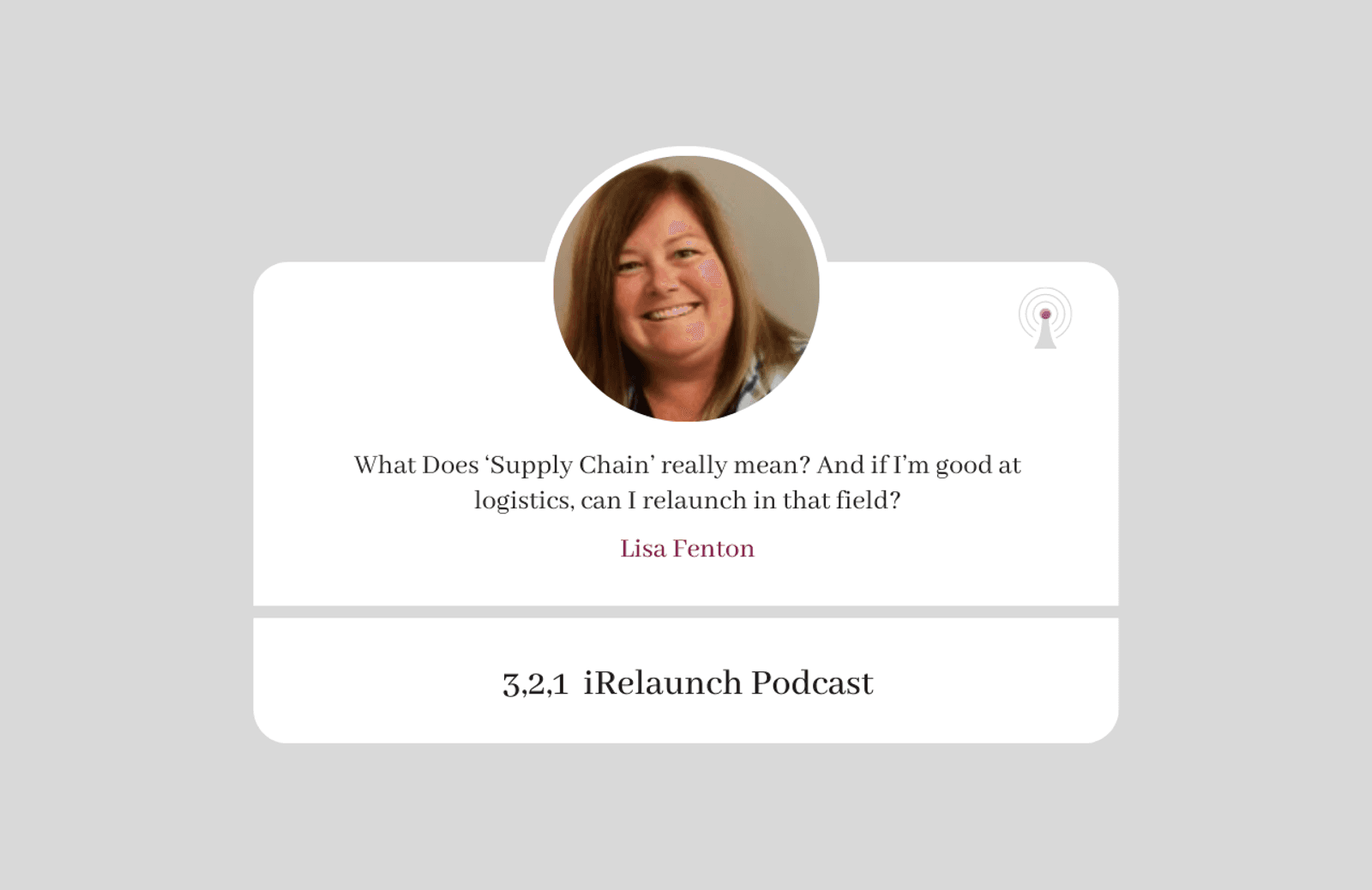What is supply chain?
Supply chain is getting goods from the source to the end customer, as
well as your customers' customers, it includes these functions:
Plan/source/make/deliver and return. Areas include Procurement,
Operations, Logistics, Transportation, Consulting and Senior Management.
Supply chains focus has grown from a cost-savings function to a
value-creation function for customers, stakeholders and
shareholders. The focus in this global environment now includes
data-driven, network-driven and collaborative supply chain ecosystems.
How did I get into a supply chain role?
After graduating with a marketing diploma and working at various
positions, my last position before entering supply chain was an inside
sales representative. This position also included ordering replacement
parts for the finished goods I was shipping to customers. I thought
about what it would be like to be on the other side of the transaction,
be the one placing orders and following up on the status. I researched
supply chain positions and found many common skills as well as most
companies were requiring that you have a designation or be working
towards one.
I started taking the courses at night school, completed the four
basic courses and one workshop. The last two positions I had before
leaving the workforce were for small local family businesses, I was the
buyer for both companies before leaving the workforce to stay home with
our three boys for twelve years.
What positions are available in supply chain?
The great advantage of pursuing an opportunity in supply chain is
that roles exist in the support level, mid-range level, professional
level and executive level. Companies now have supply chain included in
their C-suite.
Manufacturing, transportation, warehousing and distribution offer
many roles but there are opportunities in many other areas as well. The
Supply Chain Management Association (SCMA) has a career link with local
and Canada-wide positions. On the day I went on the site there were
postings in accounting and finance, distribution and warehousing,
logistics and purchasing.
Eighty eight percent of the listings were in logistics. The
statistics show income ranges from an average of $86,000(CDN) (around
$66,000 USD) per year for supply chain individuals without a designation
to an average of $95,000(CDN) (around $73,000 USD) per year with a
designation and once at the executive level an average of
$141,000(CDN) per year (around $108,000 USD).
What jobs are available in supply chain?
This chart is from the Canadian Supply Chain Sector Council:
Freight | Procurement | Operations | Logistics |
Professional: VP of Transportation, Manager Transportation, Manager Ocean Imports | Professional: Chief Procurement Officer, VP Procurement, VP Purchasing, VP Materials Management, Manager Strategic Planning, Manager Purchasing | Professional: Plant Manager, Production Manager, Postal and Courier Service Manager | Professional: Chief Logistics Officer, VP Logistics, Manager Logistics Planning |
Mid-Range: Customs Broker, Transportation route scheduler, Dispatcher | Mid-range: Retail/wholesale Buyer, Purchasing Agent, Contract Administrator | Mid-Range: Foreman, Team Leader | Mid- Range: Logistics engineer, Inventory Planner |
Support: File clerk, Pick-up and delivery driver, Small parcel clerk, Import/Export brokerage clerk, Shipper/ Receiver | Support: Purchasing Clerk, Purchasing Assistant | Support: Order Filler, Forklift Operator, Material Handler, Dock Worker | Support: Logistics Analyst |
What type of technical skills do you have to have?
Postings include the following skills: Microsoft office, ERP
(Enterprise Resource Planning), in house software products and Warehouse
Management systems.
What’s involved in getting certified?
In Canada we have two main programs a Diploma in Procurement and a
Supply Chain Management and the Certified SCMP (Supply Chain Management
Professional) Designation.
The Diploma requires candidates to complete three business management
courses and seven seminars along with an evaluation of either a
research paper or final exam at a cost of approximately $10,300(CDN)
(about $7900 USD).
The SCMP program requires candidates to complete eight modules,
six Interactive workshops, in residence week, final exam and have
practical progressive experience as well at a cost of approximately
$14,715 (CDN) (about $11,000 USD). Both programs have a suggested
three-year timeframe to complete.
What’s the future of supply chain?
With the digital and physical worlds blurring we are entering the
digitization of supply chain where the focus will turn to
resiliency. This digital culture will focus on accessing gaps,
innovation and continuous improvement using digital applications to
drive operational excellence.
For more information on supply chain management in the US, visit the Association for Supply Chain Management.




